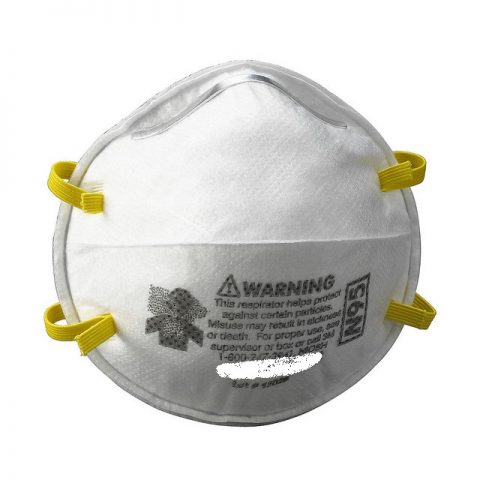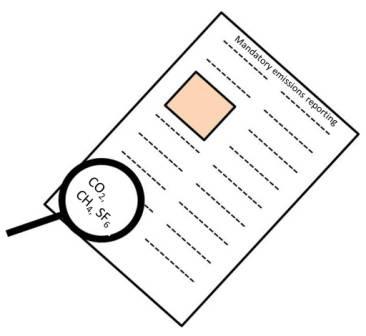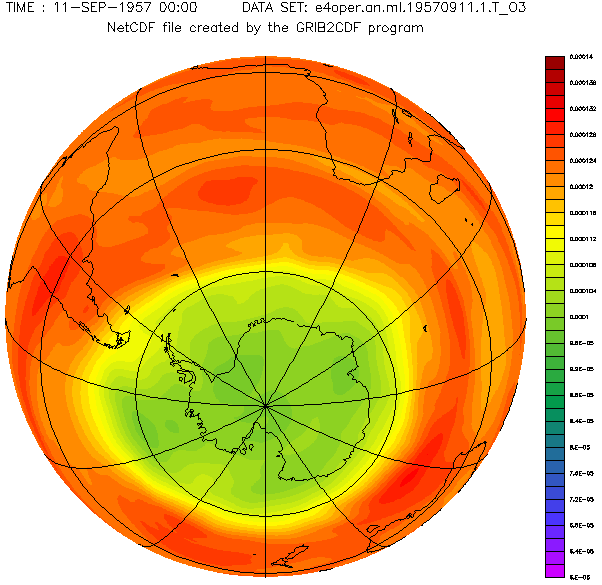Protect Yourself From Delhi’s Toxic Air: Use Air Masks
According to a WHO survey of 1600 world cities, Delhi’s air quality was found to be the worst when compared to that of any global, major city. In India, air pollution is estimated to be the cause of 1.5 million deaths every year, making it the fifth largest killer. According to WHO, our country has the world’s highest death rate from asthma and chronic respiratory diseases. Air pollution in Delhi, for instance, damages the lungs of 2.2 million or 50% of all children, irreversibly.

In a recent study, the overall Air Quality Index (AQI) in Delhi was recorded at 231, falling in the ‘poor’ category, according to data from the Central Pollution Control Board. The PM2.5 level was recorded at 106, while the PM10 was recorded at 198.
Compared to other capital cities like Budapest and Zurich in Europe, Delhi’s air quality is very poor. Zurich has the least amount of pollution and lies in the ‘high’ category of air quality as per a survey done by Numbeo.com. Click here for more details.
How to protect yourself from Delhi’s air?
We cannot control the pollution levels because most have been already emitted or are in the process of emission every day due to vehicles, construction sites and festivals like Diwali. However, we can still avoid being affected by the particulate matter in the polluted air by using air masks. These have several specifications, catered by different brands and prices.
The basic requirement of an air pollution protection mask is to protect the wearer from suspended particulate matter (10/2.5), sulfur dioxide and carbon dioxide.
Let’s get into detail about the differences between N95, N99 and P95 air masks, to be used as per the type of air pollutant.
- N95 AIR MASKS:
An N95 rating mask can filter up to 95% of the PM 2.5 from the air we breathe. It is necessary to know that PM 2.5 has the longest lifespan in the air. It may lead to plaque deposit in our nose, throat, lungs or even the arteries thus eventually leading to a heart attack. The best option is an N95 air mask with a valve or two, dedicated to exhaled air. These valves help in ensuring no moisture is formed near the nose bridge or eyes. Many sellers are available online, but for N95, masks recommendations are Honeywell and 3M branded masks. These cost around Rs. 120 per piece.
2. N99 AIR MASKS:
These can filter up to 99% of the PM 2.5 from the air. Same as an N95, they don’t work particularly well against oil-based pollutants. These are, however, better than the former due to higher filter rate of particulate matter. For this variant, recommended sellers are Cambridge, Vogmask, or SmartAir pollution masks, starting at around Rs. 175 per piece. At approximately 40 hours of wear time, people might want to opt for packs of 5, 10 and 20s available by some brands.
3. P95 AIR MASKS:
Main difference between P-rated and N-rated air masks is the ability to filter out oil-based pollutants, which P can, and N cannot. Also, apart from removing oil-based pollutants, P-air masks can filter out 95% of the PM from polluted air. These masks are more efficient and expensive than N-rated ones but have to be replaced after 40 hours of usage as well. P95 air masks are sold by 3M and are available for Rs. 10,900 for a pack of 10. Click here for more info.
How are Respirators different from Masks?
Talking about respirators, the following characteristics are important for a mask to qualify as one:
- It should filter particles from the air when properly fitted, and help reduce the number of particles or germs the wearer breathes in.
- It should be ideal for protection from PM2.5.
- It should have the word NIOSH / EN / ISI and the approval type (i.e. N95; FFP1 etc.) printed on the product.
- These are tightly secured to the face, with 2 head straps and a nose adjustable clip over the nose to allow for a custom fit.
Whereas normal masks or surgical masks show the following features:
- These are cleared by the FDA for use as a surgical mask.
- These are not designed to protect our lungs from airborne hazards such as PM2.5.
- These don’t have the word NIOSH / EN / ISI and the approval type (i.e. N95; FFP2 etc.) printed on the product.
- These are typically worn for a specific procedure and disposed of afterward.
- These prevent large particles expelled by the wearer, like spit or mucous, from entering the environment.
- These usually do not fit tightly to the face as there are bound to be gaps around the edges.
However, it must be noted that surgical masks or even handkerchiefs aren’t really helpful while going out in the polluted air as they are meant to help collect/contain the wearer’s bacteria and viruses from getting out, and not the other way around! Its basically pointless to wear a surgical mask and expect any protection from air pollutants in Delhi.
This Irony, Huh!
Sunshine, day breeze, beautiful trees whistling with the wind….seems like a picture from a dream. Now wake up and face reality. It is imperative you don’t withhold this fantasy of yours and tread outside to this ‘so-called’ serene atmosphere because, for sure, you won’t find one. Not in Delhi at least. So people, for the first time since I started writing, this is the first time I am penning down something like this; it’s odd but ultimately the truth. Here it goes:
‘Don’t go outside unless you definitely and essentially have to and when you do, make sure to use masks mentioned above’. BE SAFE!
The greatest irony in Delhi and in all polluted cities is that these were developed to provide a reasonable and better life to people immigrating from far off areas but now the same places have turned into their misery and cause of death. People are opting out of living in Delhi now, no matter what facilities the city provides. Delhi is losing its sheen.
And the greatest tragedy is that some people have nowhere else to go after leaving everything behind to live here, eventually suffocating in the ‘World’s Most Polluted City’.
Author’s Bio:
Adeela Hameed is pursuing Masters in Environmental Sciences from Amity University, Noida. She is also a guest writer for The Global Times.



